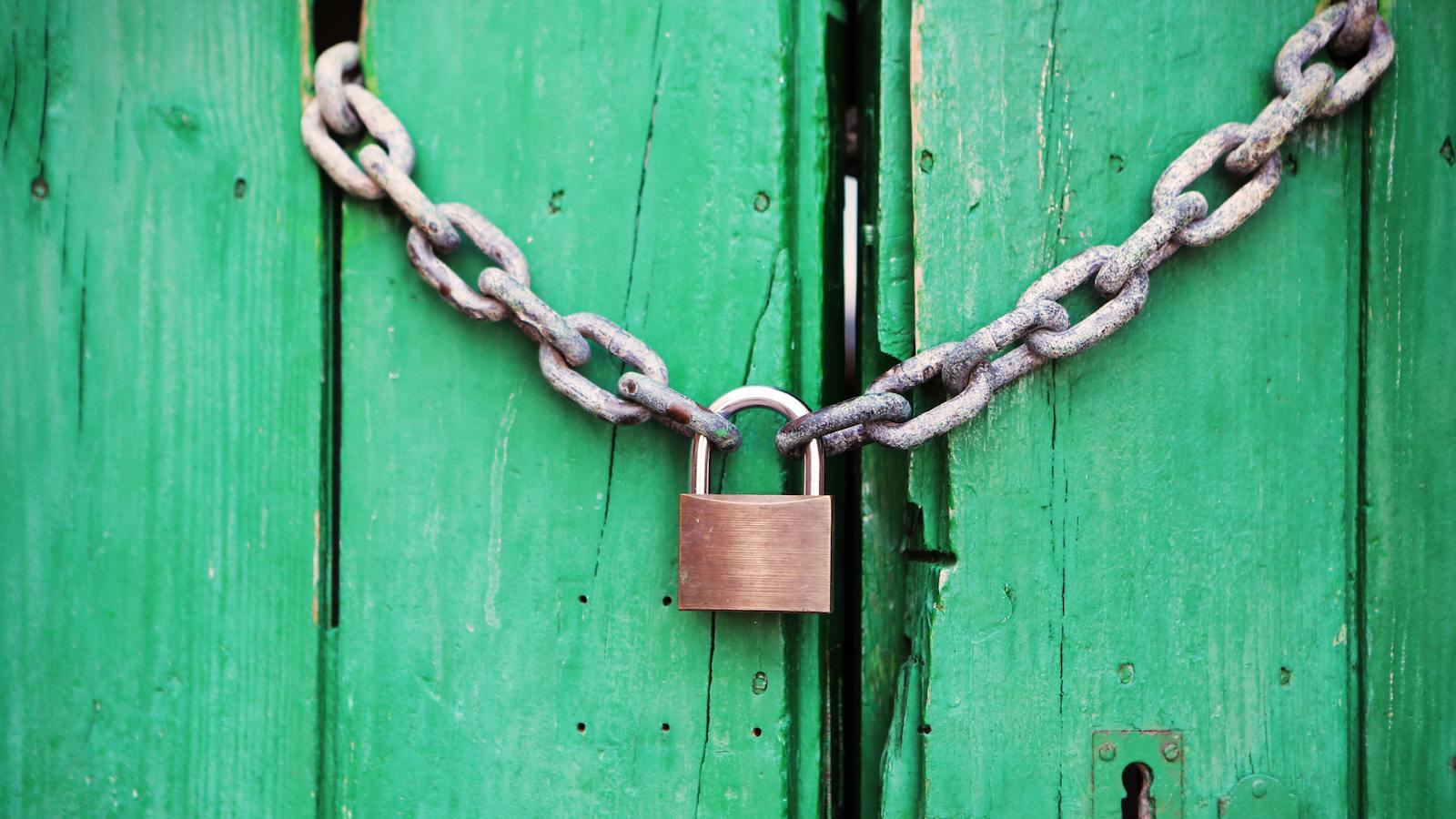This paper identifies a series of events leading up to a new cause of plumbing failures in CPVC pipe. The story demonstrates how unbalanced market forces can exacerbate a problem if information is too centralized and cannot reach solution providers in time. Finally, we demonstrate how decentralized information may be superior to centralized information when confronting systemic risk exposures.
Beginning in the mid-1990s, the EPA began publishing mold remediation documents in response to flooding events. Soon after, they published on the health impact of mold, including allergic, asthma and respiratory ailments. In the early 2000s, increased energy-efficiency certification led to buildings that were sealed tight. This increased the mold problem as moisture from appliance, humans, condensation and showers was unable to escape from the interior of buildings. Building envelope laws were passed in many states. In the mid-2000s, the EPA published Document 402-K-02-003 "A brief Guide to Mold and Moisture in Your Home." (https://www.epa.gov/mold/printable-version-brief-guide-mold-moisture-and-your-home)
Soon, every real estate agent was giving the EPA 402-K-02-003 pamphlet out to their clients. Contractors, bankers and insurance agents began quoting from the document. M-O-L-D became the new four-letter word -- whose name shall not be uttered. Predictably, mold remediation services started popping up all over the place either as add-on to pest control business or as stand-alone national franchises. Specialized “mold sniffers” (reminding me of Ghostbusters) would come to your house to detect the presence of mold, nixing many a real estate transaction, forcing price adjustments and generally frustrating agents and sellers alike.
Fortunately, a compound known as quaternary ammonium chloride, or “quat,” for short, had been used in commercial cleaning for several years. There are upward of 100 different formulations of quats -- each with different characteristics. Quats are the main ingredient is many household, non-bleach surface cleaners that claim to kill 99.999% of bacteria without bleach. They are also very effective on viruses, but this is generally not a listed selling point.
As it turns out, quats are very effective at treating and inhibiting mold on both porous and non-porous surfaces. Some new construction is treated after framing, and occupied structures can be treated retroactively. Some applicators used electrostatic spray guns that would charge the mold-inhibiting compound such that droplets would repel each other, forming a mist that was electromagnetically attracted to a negatively charged surface. This attraction guaranteed nearly 100% uniform coverage of surfaces, around corners and inside every crevice. Quats proved to be cheap, safe, effective and versatile – who could ask for a better solution. So far so good, right?
Premature CPVC Failures
Chlorinated polyvinyl chloride (CPVC) is a polymer that has unrestricted approval for all domestic water, drain, vent and fire sprinkler systems in the U.S. Sometime after 2005, there was an increase in leaks and failures of CPVC pipe. These were mysterious failures involving small cracks on the exterior of a plastic pipe and progressing inward. Pipes began leaking and failing at less than half of their rated pressure loads. These types of failures are labelled “environmental stress cracking,” or ESC. ESC is the combination of load stresses applied to a plastic plus a contaminant that acts to lower the mechanical properties of the material.
In short, quats are hydrocarbons, as is CPVC. The two compounds have an affinity to react with each other. Anything that interferes with the length and entanglement of plastic molecules will affect the strength of plastic. The CPVC would normally be able to handle pressure and heat loads, except in the presence of the contaminant. CPVC pipes exposed to quats are now beginning to fail – sometimes catastrophically.
See also: 3 Keys to Building a Safety Culture
What does this mean for the insurance industry?
This is a classic example of systemic risk, where the solution to one problem creates another problem somewhere else in the system. External factors such as propagation of mold warnings, legislation, insurability, financing and increased real estate values amplify the problem to a fever pitch. Entrepreneurs, driven by the invisible hand of capitalism, quickly enter the pain market with little or no consideration for other systems in the home.
Quats were the workhorse of the cleaning industry for several decades and only increased in usage since the COVID-19 pandemic for their incredible performance in making a surface inhospitable to nearly any pathogen. However, the unknown impacts of incompatible materials will also accelerate. Next to fire, water damage is the second most expensive peril that can afflict an insured building. Even if no major breach appears, widespread leaks in a plumbing system would require a complete replacement (and, ironically, mold mitigation due to the leak!), which would likely be insured due to the accidental nature of the unknown attack agent.
Because plumbing failures are covered by insurance in a completely different risk pool, the mold/health peril and the failing water system exacerbate each other. Lawsuits, settlements and expert testimony are often not made available to the public so that there is no feedback to the service providers about the impacts on other building systems.
As with many building materials, there is little public data to track what is failing and why failures occur and then deploy solutions to the market, due to a high degree of centralized, private or proprietary information. As a result, engineers may not be efficiently deployed to find solutions to mitigate risk outside the manufacturers' technical bulletins. Ultimately, premature failures in CPVC pipes may be due to the over-centralization of failure data.








